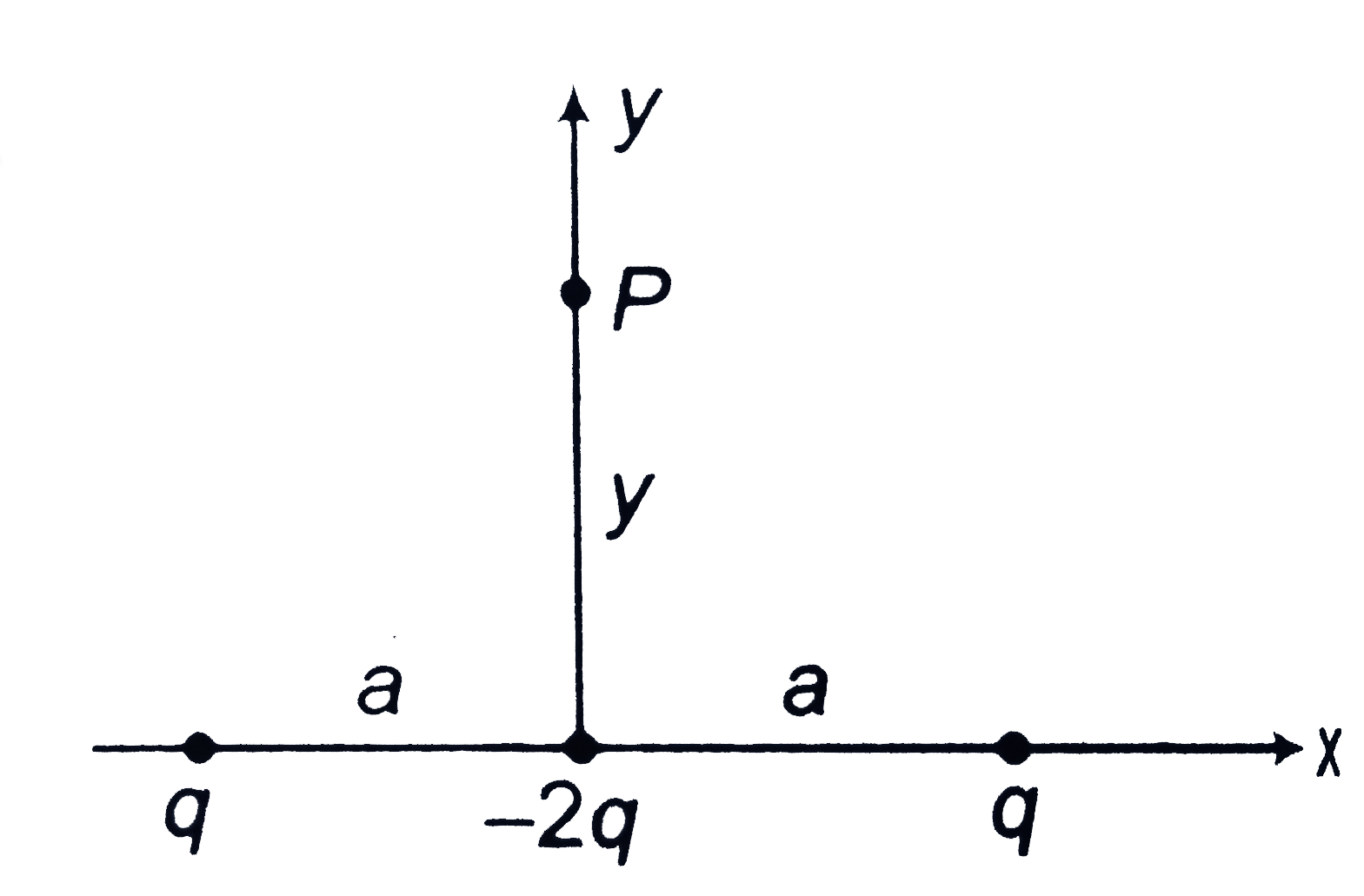According to , three cars P, Q and R are at three points along the x-axis at a given moment. Now the car p starts its motion towards P1 parallel to the y-axis with a uniform velocity v. Again, R is in motion paraIIeI to the y-axis along RR1 with uniform acceleration a. If the car Q too moves paraIIeI to the y-axis then under what condition will aII of them remain coIIinear? Given PQ = QR.
Text Solution
Let the time be t after which P and R are at P1 and R1 respectively.
∴ PP1=vt and RR1=12at2
According to the question after time t, Q will be at Q1.
From the figure we have ,
PP1PM=QQ1QM=RR1RM=k (say)
∴ PP1=k.PM=k(PQ+QM)
QQ1=k.QM
and RR1=k.RM=k(QR−QM)
∴ PP1−RR1=k.(QM+QM) [∵PQ=QR]
= 2 k.QM
∴ k.QM=PP1−RR12
∴ QQ1=k.QM
=PP1−RR12=PP12−RR12=vt2−14at2
∴ QQ1=(v2)t−12(a2).t2
Comparing equation (1) with s = ut −12at2 , we can say that to remain in the same straight line joining the other two cars, the initial velocity of the car Q must b v2 along the positive y-axis and it should move with a retardation a2.
|
Topper's Solved these Questions
- ONE - DIMENSIONAL MOTION BOOK - CHHAYA PUBLICATIONCHAPTER - ONE - DIMENSIONAL MOTION EXERCISE - Section Related Questions
17 Videos
- ONE - DIMENSIONAL MOTION BOOK - CHHAYA PUBLICATIONCHAPTER - ONE - DIMENSIONAL MOTION EXERCISE - HIGHER ORDER THINKING SKILL (HOTS) QUESTIONS
35 Videos
- NEWTONIAN GRAVITATION AND PLANETARY MOTIONBOOK - CHHAYA PUBLICATIONCHAPTER - NEWTONIAN GRAVITATION AND PLANETARY MOTIONEXERCISE - CBSE SCANNER
19 Videos
- QUESTION PAPERS OF NEET -2017BOOK - CHHAYA PUBLICATIONCHAPTER - QUESTION PAPERS OF NEET -2017EXERCISE - QUESTION
32 Videos
Similar Questions
Knowledge Check
Given three points P,Q,R with P(5,3) and R lies on the x-axis. If equation of RQ is x−2y=2 and PQ is parallel to the x-axis, then the centroid of ΔPQR lies on the line:
A2x+y−9=0Bx−2y+1=0C5x−2y=0D2x−5y=0Given three points P, Q, R with P (5, 3) and R lies on the x-axis. If equation of RQ is x−2y=2 and PQ is parallel to x-axis, then centroid of ΔPQR lies on the line
A2x+y−9=0Bx−2y+1=0C5x−2y=0D2x−5y=0What are the points on the axis of x whose perpendicular distance from the straight line x/p + y/q = 1 is p?
Apq[q+√(p2+q2),0Bpq[q−√(p2+q2),0CBoth (a) and (b)DNone of these
Three point charges q,−2q and q are located along the x-axis a s shown in figure. Show that the electric field at P(y>>a) along the y-axis is,
E=−14πε03qa2y4ˆj

View SolutionThree point charges q,−2q and q are located along the x-axis a s shown in figure. Show that the electric field at P(y>>a) along the y-axis is,
E=−14πε03qa2y4ˆj

View SolutionA point P lies on x-axis and another point Q lies on y-axis.
Write the ordinate of the point P.
View SolutionA car undergoes a uniform circular motion. The acceleration of the car is
View SolutionFind the distance between P(x1, y1)and Q(x2,y2) when i. PQ is parallel to the y-axis ii. PQ is parallel to the x-axis.
View Solution
